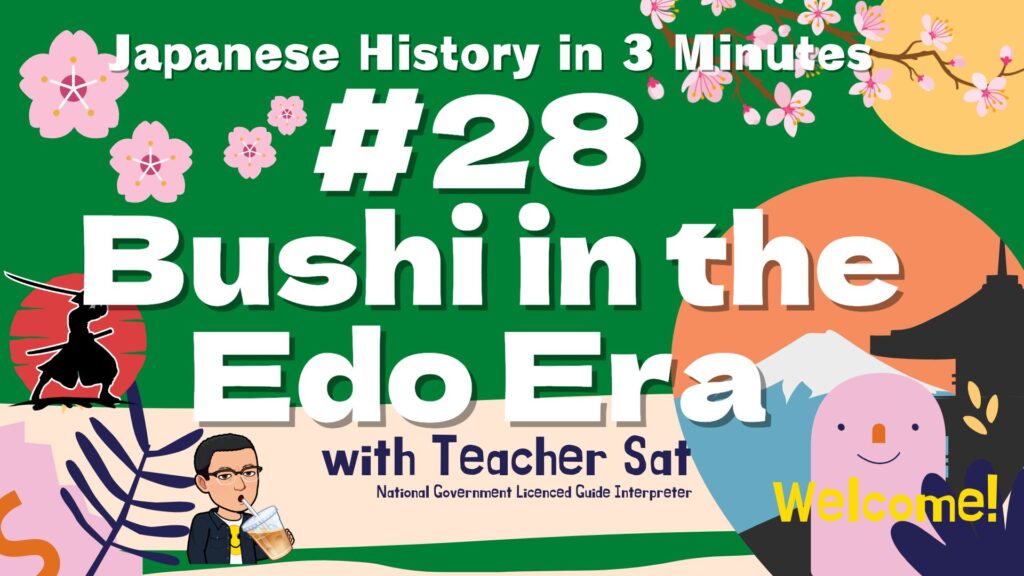
The Neolithic period in Japan is known as the Jomon period. In 2021, the Jomon archaeological sites in Hokkaido and northern Tohoku were registered as World Cultural Heritage sites in recognition of their spiritual culture.

The Yayoi period saw the spread of rice cultivation and the use of metal tools. Ancient Chinese historical records show how small countries gradually came together to form major powers.

From the 3rd to the 6th century, burial mounds appeared in a wide range of areas. Daisen Kofun is the world’s largest burial mound, and it is a testament to the fact that Japan was first established around Yamato.

From the 6th to the 7th century, the political system centered on Prince Shotoku flourished in Asuka. It was there that Japan’s first Buddhist culture, represented by the Horyu-ji Temple, blossomed.

From the 7th to the 8th century, the creation of a state centered around the Emperor was promoted. A system of government based on Chinese models was established.

In the 8th century, the capital, Heijō-kyō, was built in what is now Nara City. Under the new national system, people were forced to pay heavy taxes.

During the Nara period, envoys were sent to the Tang Dynasty, and exchanges with China flourished. Emperor Shomu promoted a policy of protecting the country with the power of Buddhism, and the Great Buddha was built at Todai-ji Temple.

In 794, the capital was moved to Heian-kyo, and Kyoto remained the capital of Japan until 1867. The Fujiwara, aristocrats, held the real power of government.

In the 9th century, the famous Buddhist monks Saicho and Kukai were active and contributed to the development of Buddhism in Japan.

With the abolition of the Japanese missions to T’ang China in 894, a culture that was suited to the Japanese climate and lifestyle developed, and there were significant changes in clothing, housing, literature, etc.

During the Heian period, people formed groups of warriors to protect their territories. As a group able to resolve disputes, the bushis’ social status rose.

The Taira clan, who became the leaders of the samurai, reached the pinnacle of power, and Taira no Kiyomori became the de facto supreme ruler. However, the Taira clan was destroyed by the Minamoto clan.

Minamoto no Yoritomo, the leader of the Minamoto clan, became shogun and established a samurai government in Kamakura. This marked the beginning of the 700-year samurai period.

After Minamoto no Yoritomo’s death, the Imperial Court attempted to destroy the shogunate, but the shogunate, led by the Hojo clan, won the war, and the rule of the samurai was firmly established.

During the Kamakura period, a new Buddhist movement arose, spreading Buddhism among the people. The Zen sect, introduced from China, had a major impact on the spiritual world of the samurai.

The Mongol Empire of Kublai Khan invaded Japan. The samurai stopped the invasion twice. At this time, the belief in kamikaze was born.

After the Kamakura shogunate was destroyed, Emperor Go-Daigo was betrayed by Ashikaga Takauji and fled to Yoshino. Upheaval ensued as the Northern Court in Kyoto and the Southern Court in Yoshino fought each other.

The pirates, known as the Wako, plundered the seas of East Asia. Ashikaga Yoshimitsu actively traded with the Ming Dynasty.

The Muromachi Shogunate collapsed, and the Warring States period began, with warlords from all over Japan fighting battles.

The fusion of the court nobles’ and the samurai’s culture, typified by Kinkaku-ji. Ink painting and landscape gardening, influenced by Zen, the performing arts such as Noh developed, and the tea ceremony and a culture that continues to the present day emerged.

The guns and Christianity introduced to Japan by Europeans during the Warring States period significantly impacted Japanese society.
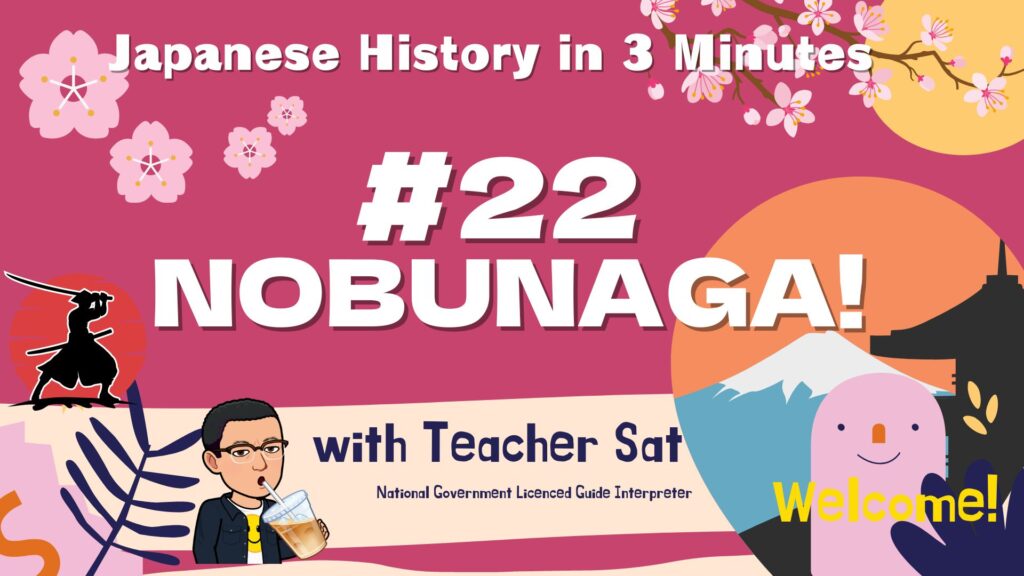
In the second half of the 16th century, Oda Nobunaga, a warlord from Owari, destroyed the Muromachi Shogunate and aimed to unify the nation. However, his ambitions were crushed by Akechi Mitsuhide’s rebellion.

After Nobunaga’s death, Toyotomi Hideyoshi won the battle for succession and unified the country. His policies formed the basis of early modern Japanese society, centered on samurai rule.
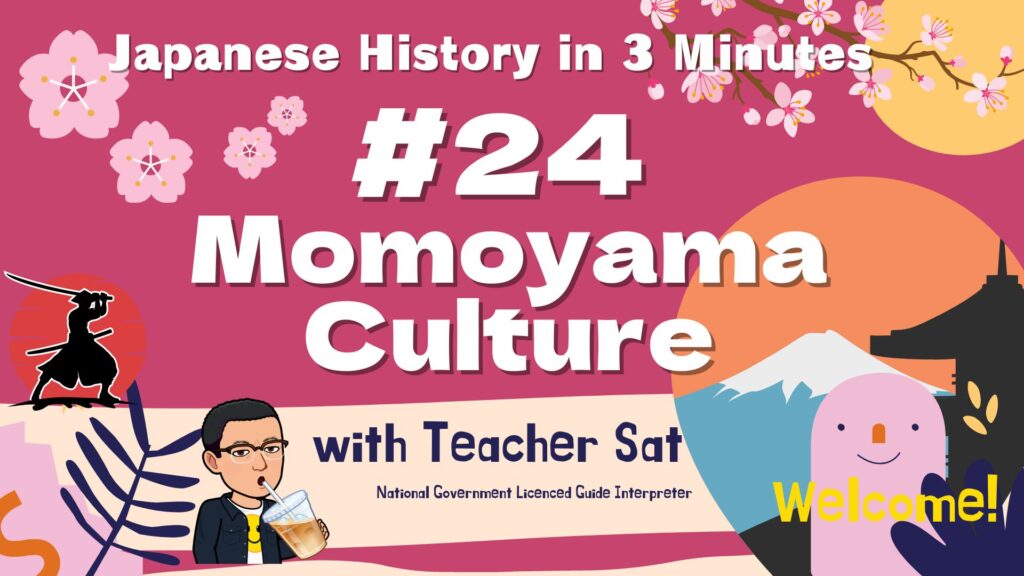
A wealthy and powerful culture emerged in the war-torn country, reflecting the spirit of warring feudal lords and wealthy urban merchants. It is called the Momoyama Culture after the name of the area around Fushimi Castle, which Hideyoshi built in Kyoto.

After Hideyoshi’s death, Japan was divided into East and West, and war broke out. Tokugawa Ieyasu, who won the battle, established a shogunate in Edo (present-day Tokyo) and laid the foundations for 260 years of peace.
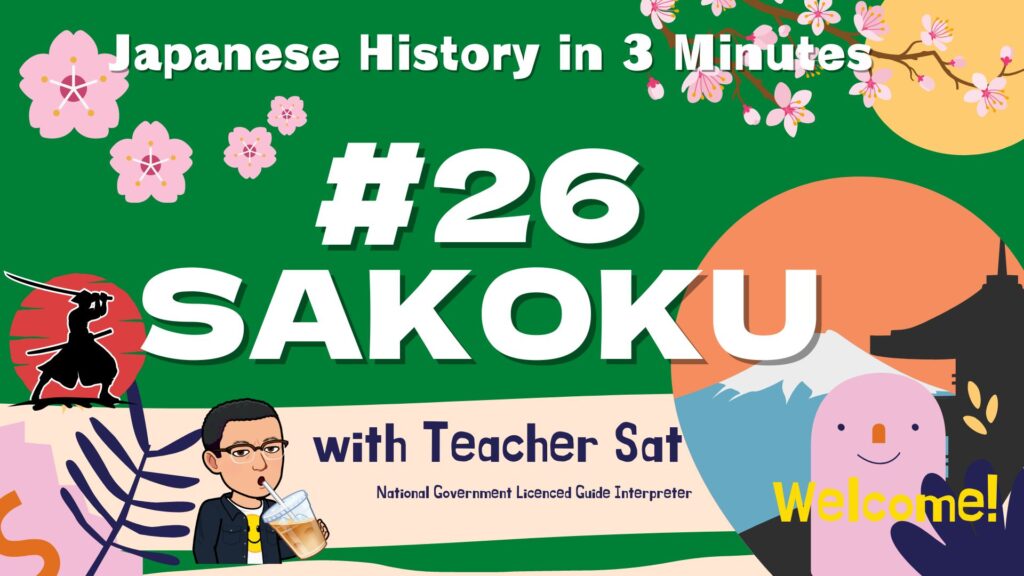
The Edo shogunate, fearing the influence of Christianity, excluded Spain and Portugal and stopped trade with Western countries other than the Netherlands. Dejima in Nagasaki became Japan’s only window to the West.
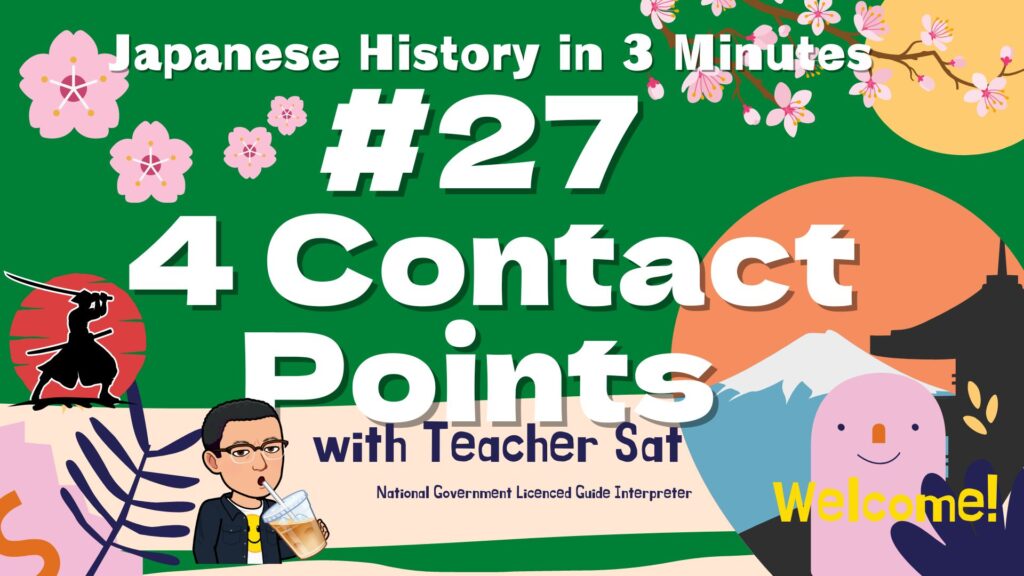
Throughout the Edo period, Japan was in a state of “sakoku”, or seclusion, with its doors mostly closed to foreign countries. However, Japan had four windows to the outside world.
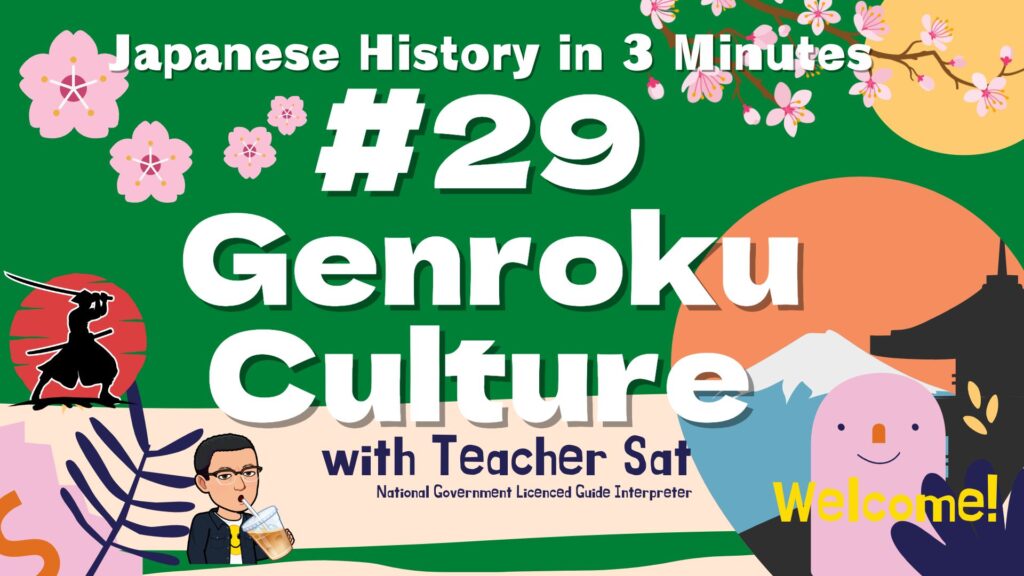
By the second half of the 17th century, the political situation had stabilized. In Osaka and Kyoto, a new culture led by the townspeople developed. This is called the Genroku culture.

From the time of the 5th shogun, Tokugawa Tsunayoshi, the shogunate began to shift its politics from a military-based approach to one based on learning.
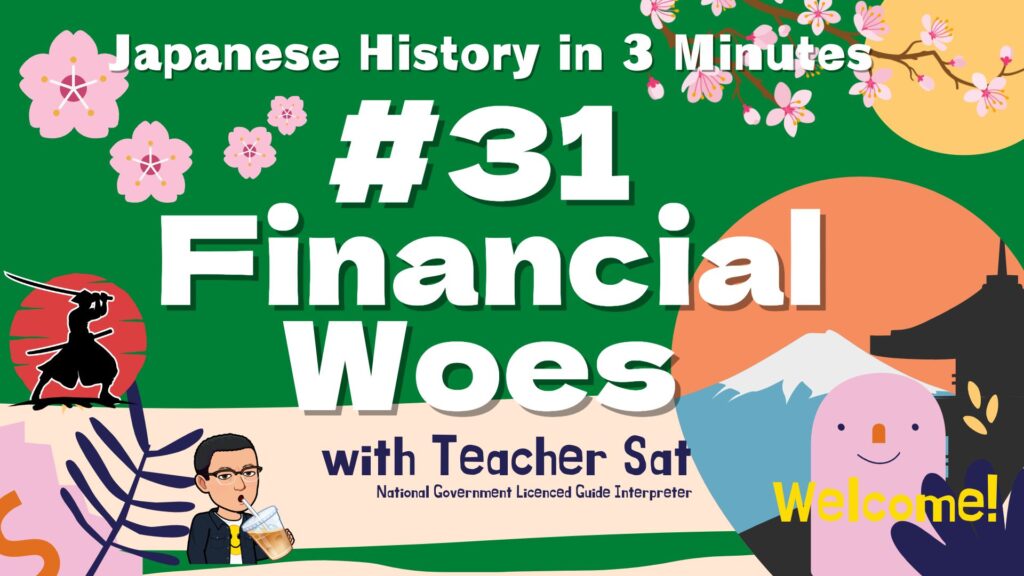
During the more than 200 years of isolation, Japan’s economy did not expand. Most people were poor except for a few wealthy merchants and feudal lords. Despite their poverty, people lived with cleanliness, courtesy, and a spirit of helping others.
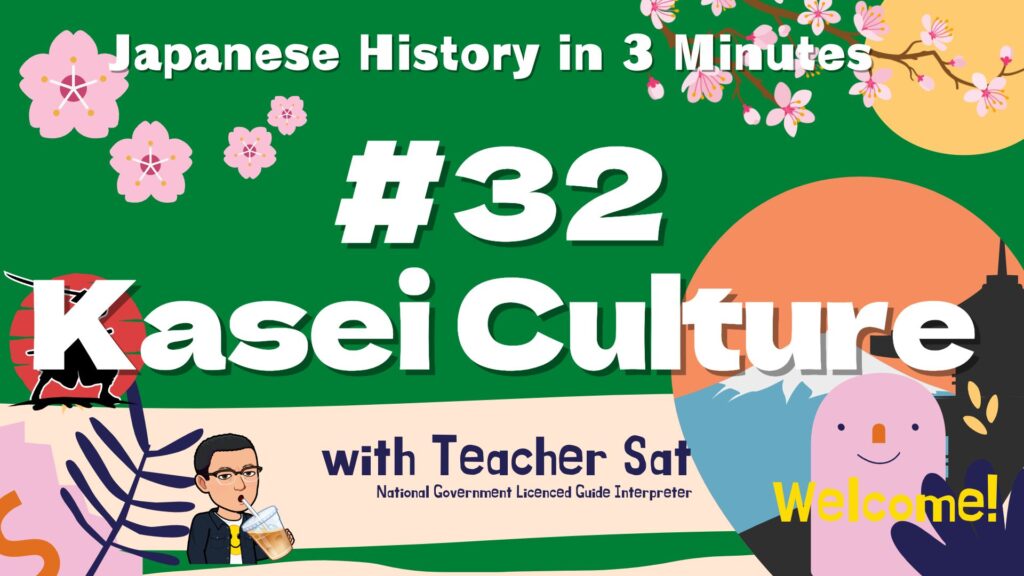
From the latter half of the 18th century, as Edo’s commerce and industry developed, the center of economy and culture began to shift from Osaka to Edo. The culture, which reflected the tastes of the townspeople of Edo, is called the Kasei Culture.
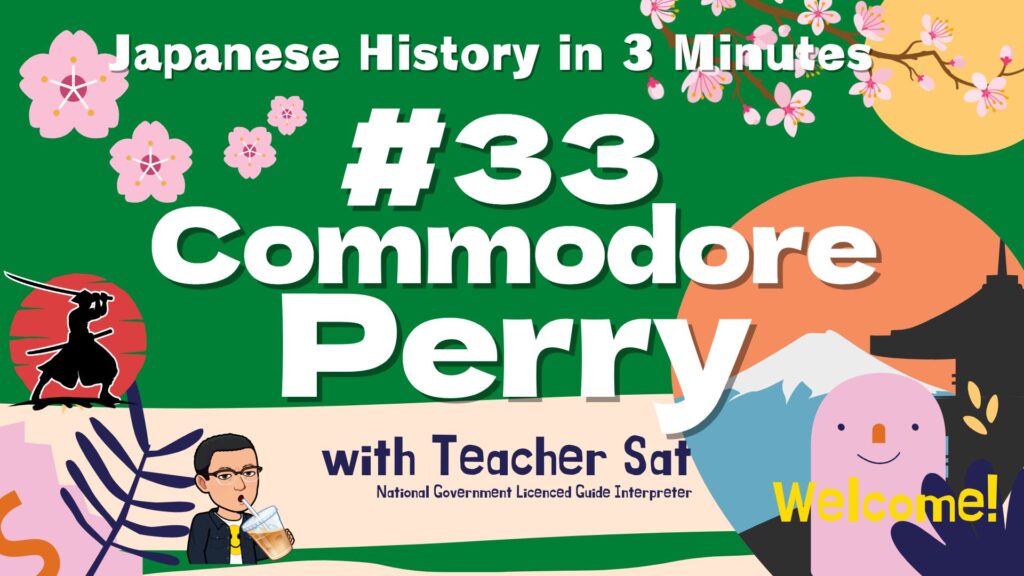
On July 8, 1853, four black ships appeared at Uraga. The massive warships that appeared in Edo Bay wreaked havoc on the people of Edo.
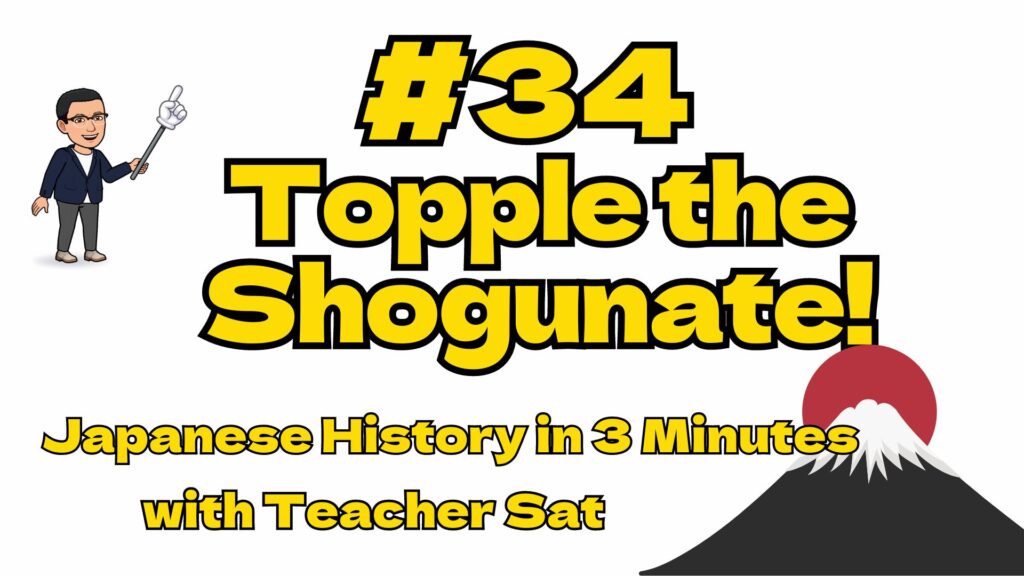
Realizing that it was impossible to drive away the Western powers by force, people began a movement to overthrow the shogunate and establish a new government.


